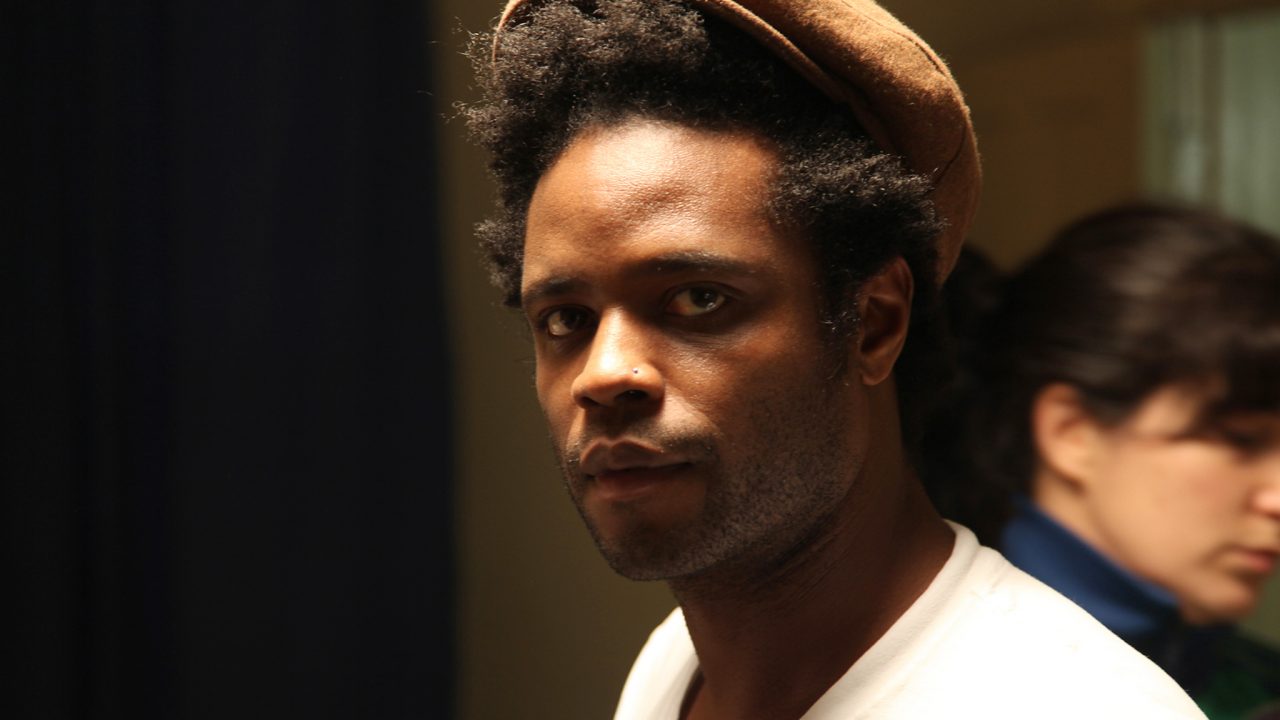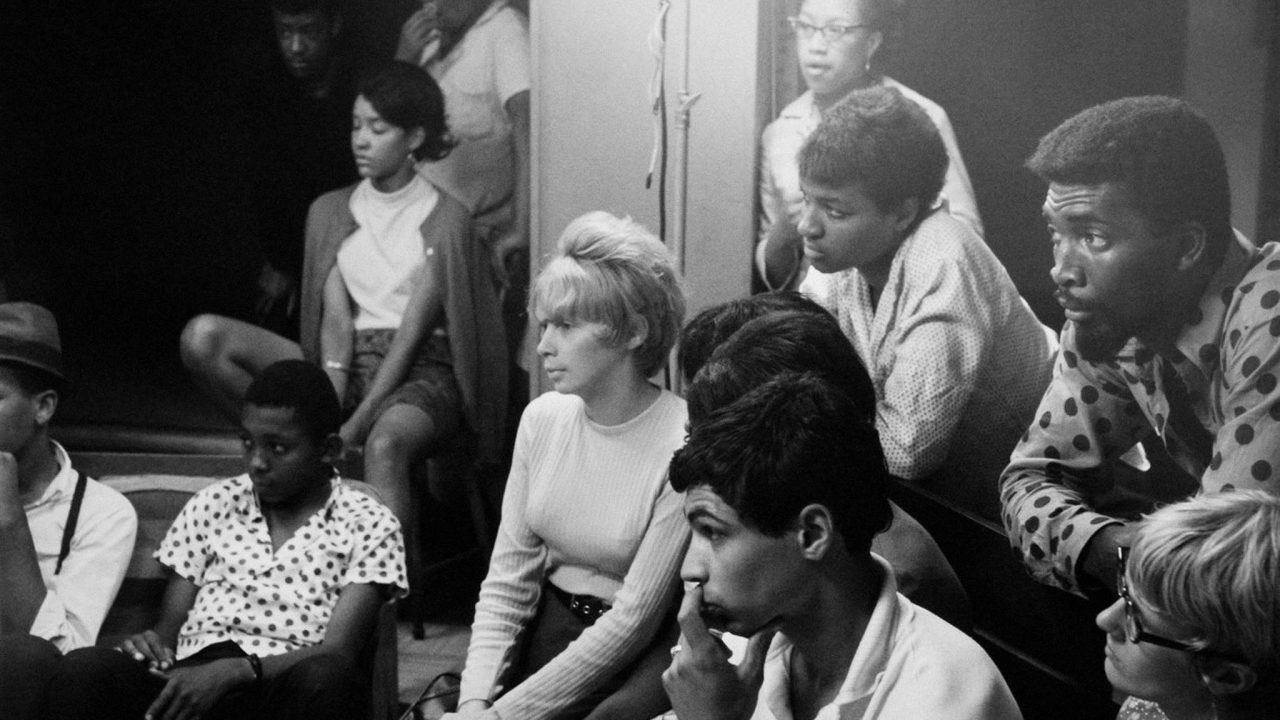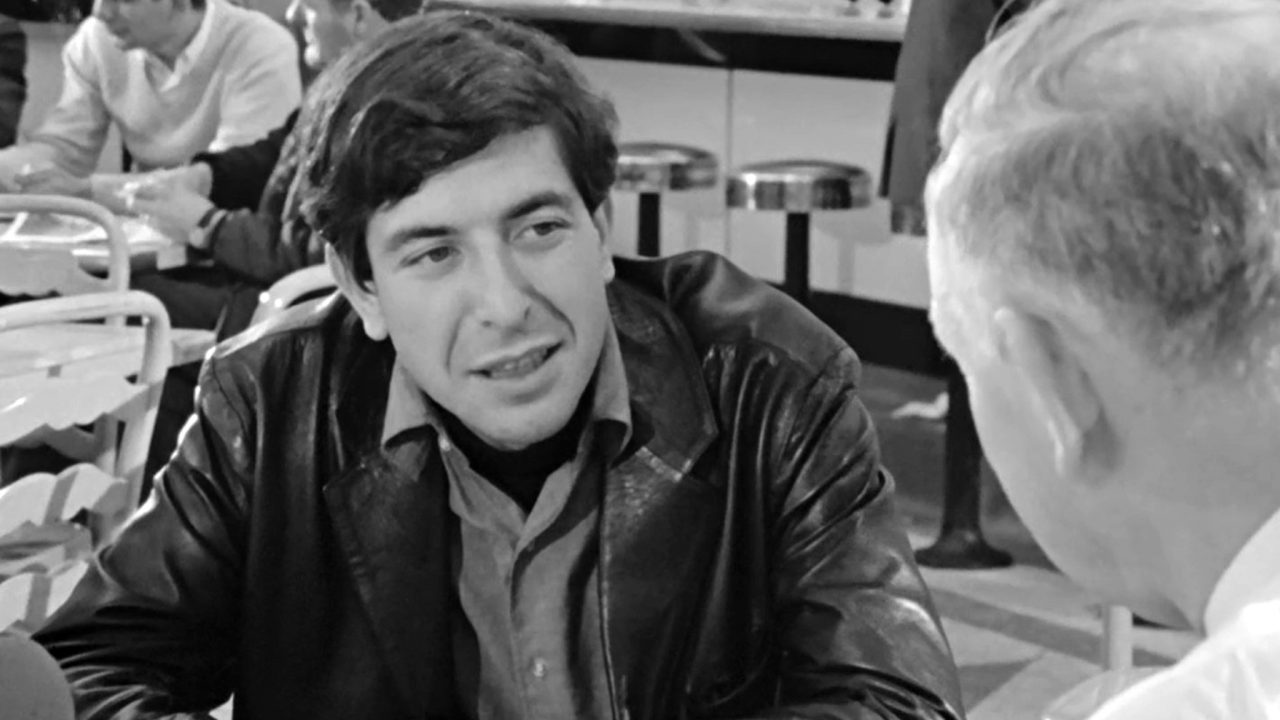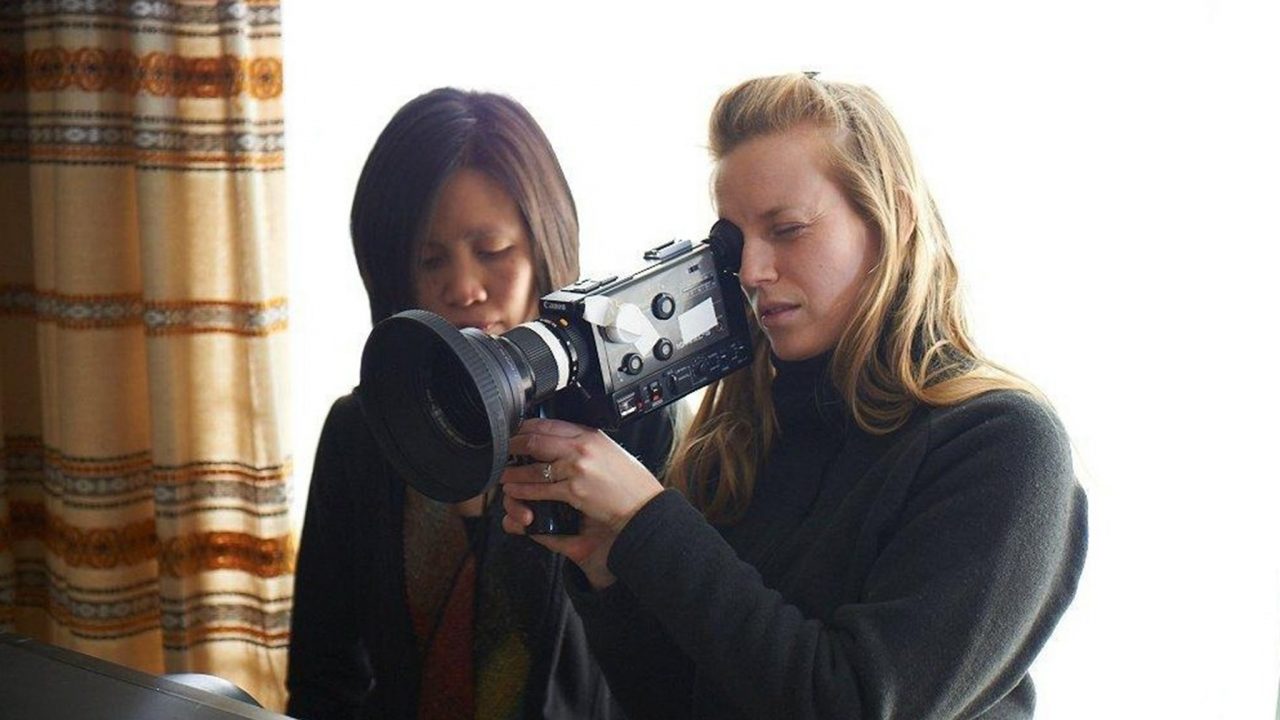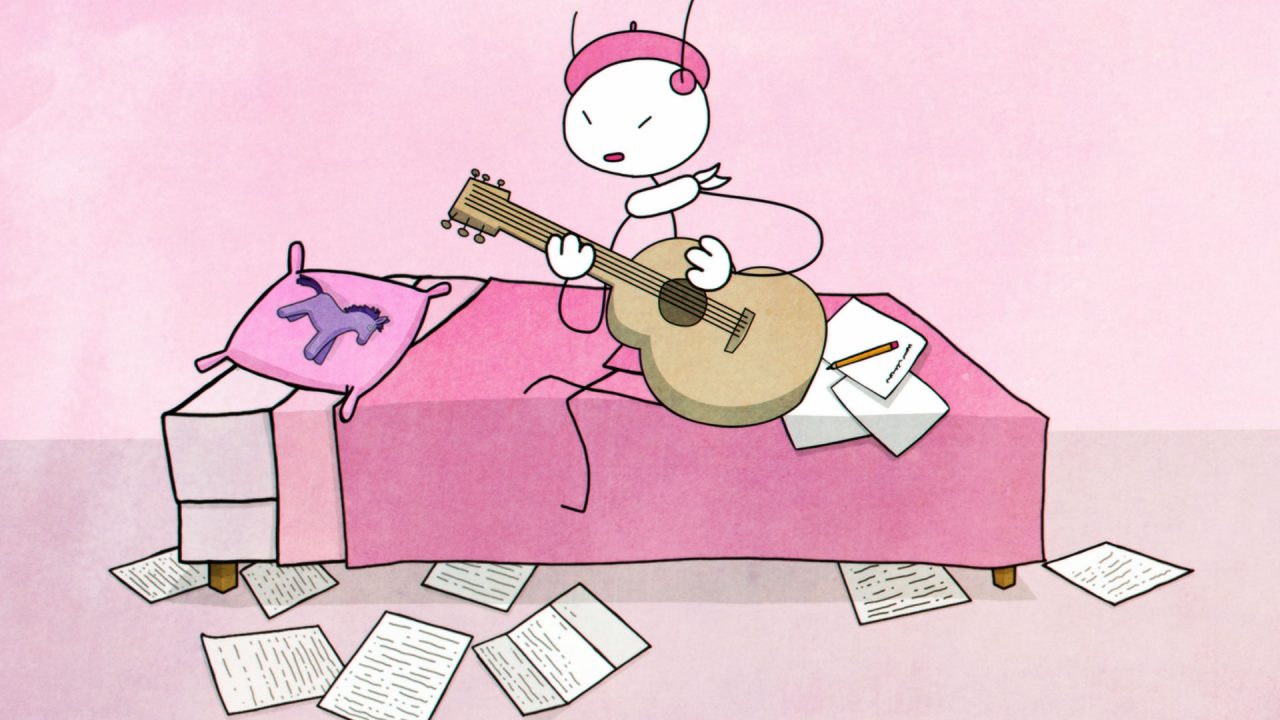
Social and Emotional Learning and Literacy through Poetry
Social and Emotional Learning and Literacy through Poetry
I see you.
I have experienced the magic of those three little words more often than I can count. To both a student in a classroom and to anyone playing hide-and-seek, hearing those three words can change absolutely everything. And just like the best games of hide-and-seek, knowing how and where to really see a whole person, not just toes peeking out from under a curtain, means we need to take the time to learn how and where to look.
What Is Emotional Literacy?
This is what emotional literacy is: playing hide-and-seek with each other’s feelings. Emotional literacy is the set of skills and tools necessary to really see each other as human beings. We learn to read the twists and curves and wrinkles of faces we care about. We learn to read tears and teeth and tones of voice. But like with any other kind of literacy, practising and meaningfully developing those skill sets is what gives us the capacity to be emotionally literate in a beautifully functional way. The more you play hide-and-seek, the more you sharpen the tools of emotional literacy, the easier it becomes to find the whole person.
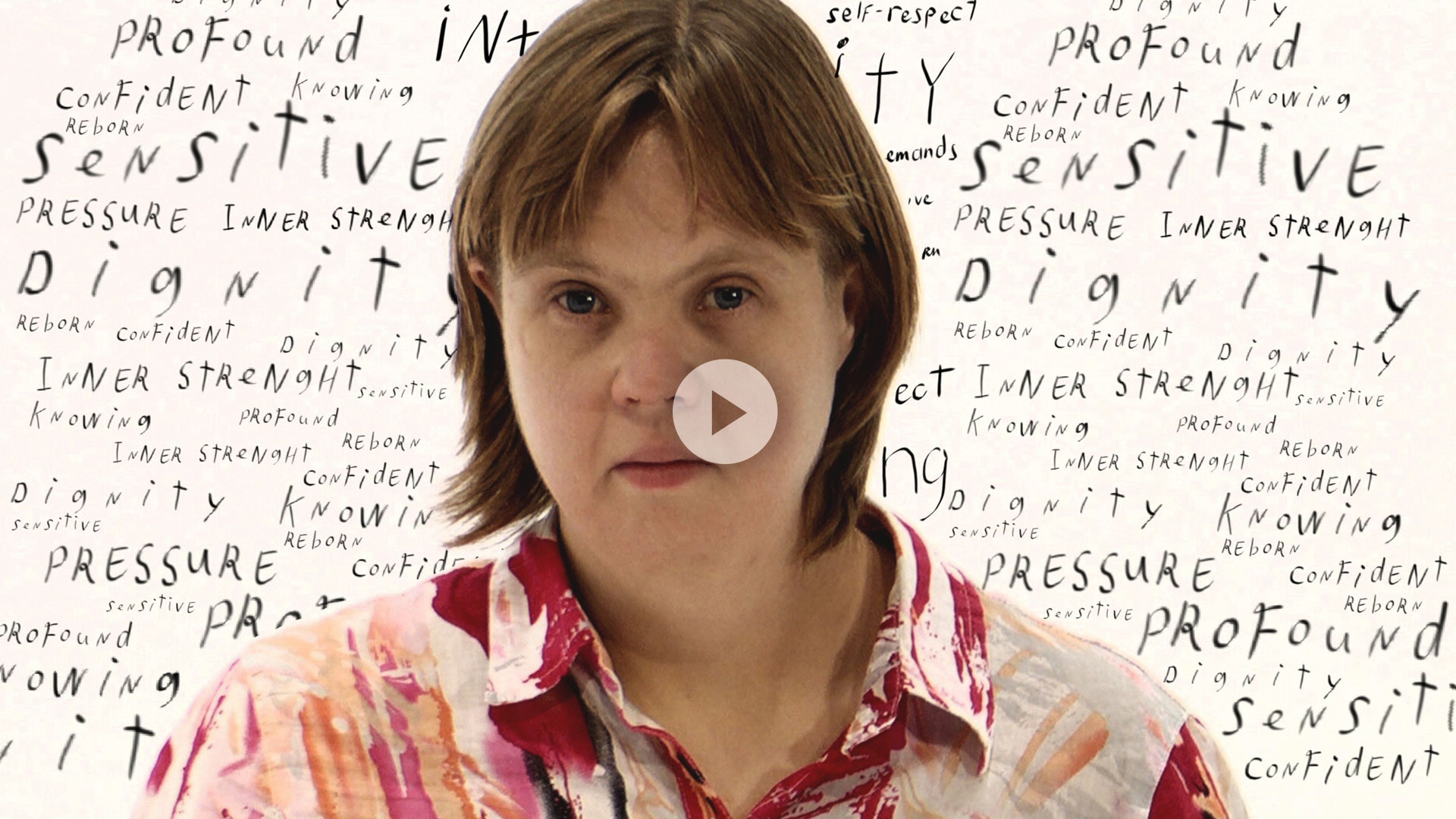
This is why I have fallen in love with what poetry can be, especially in education. Being an educator is being in the business of human beings. The work is to help them bloom into the versions of themselves that allow them to live their most individually authentic and meaningful lives, woven into the social quiltwork of billions of others simultaneously trying to do the exact same thing. I believe wholeheartedly that poetry is the best way to take the basic skill set of being able to recognize and react to social cues and evolve that into being able to truly see each other. Seeing one another is half of the job; the other half is embracing the symbiosis of how we, as feeling social animals, can understand, interpret and affect each other’s existence in incalculable ways.
I Lost My Talk by Rita Joe
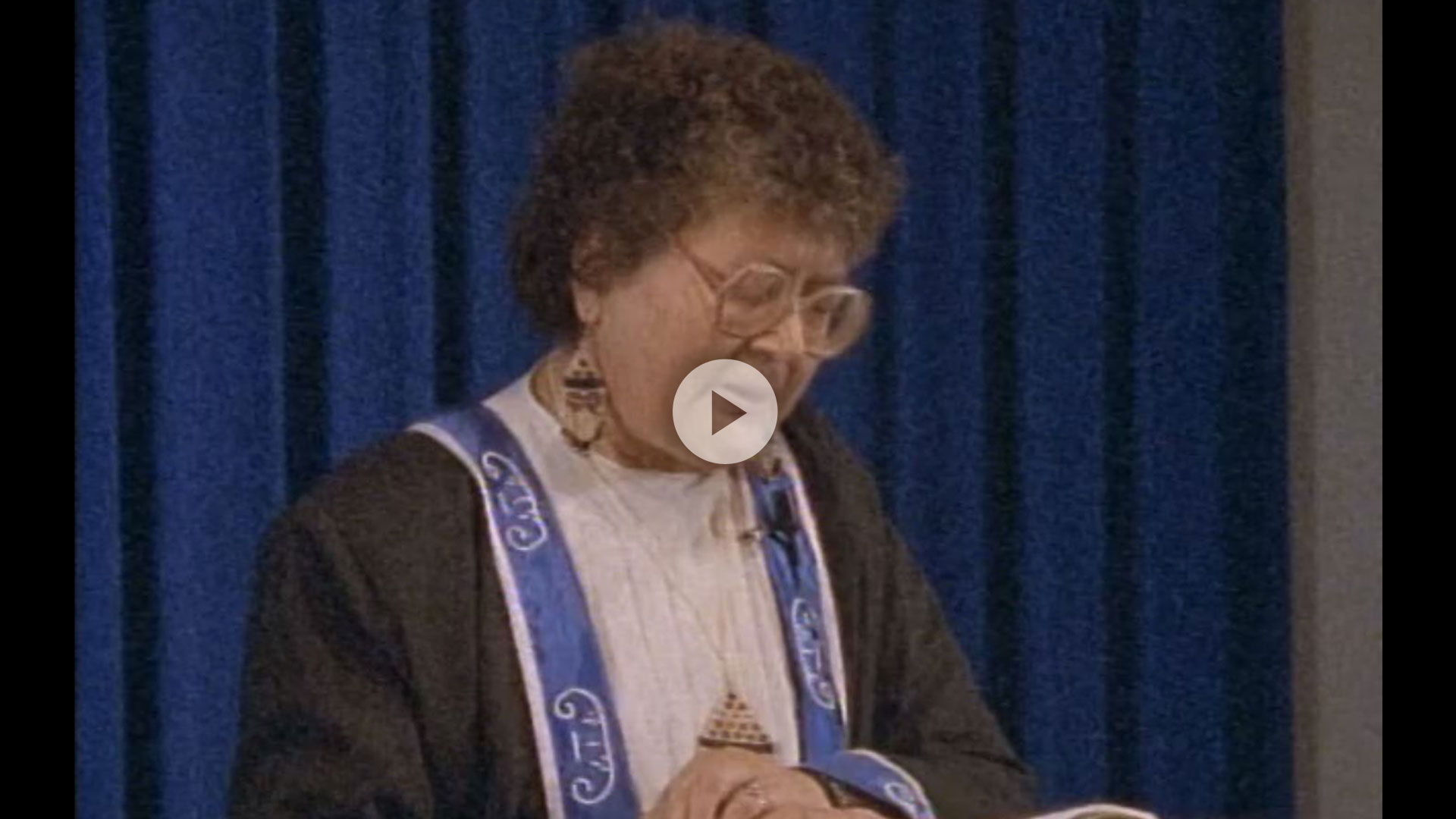
Using Poetry as Building Blocks to Social and Emotional Literacy
Now, poetry is often seen as a very specific thing. People tend to think of times when they had to analyze poems written by very old, very dead, very white men from times and contexts that are not often easy to connect with these days. I remember being told that “real poetry” was “I Wandered Lonely as a Cloud” by William Wordsworth. I studied words like “sprightly” and “jocund” for a week in class. I surgically chopped up syllables and symbolism about daffodils written by a man who died in 1850 and whose father was an Earl in England. I was 11 years old when my teacher told me this was poetry.
Clip from Unarmed Verses featuring Francine Valentine
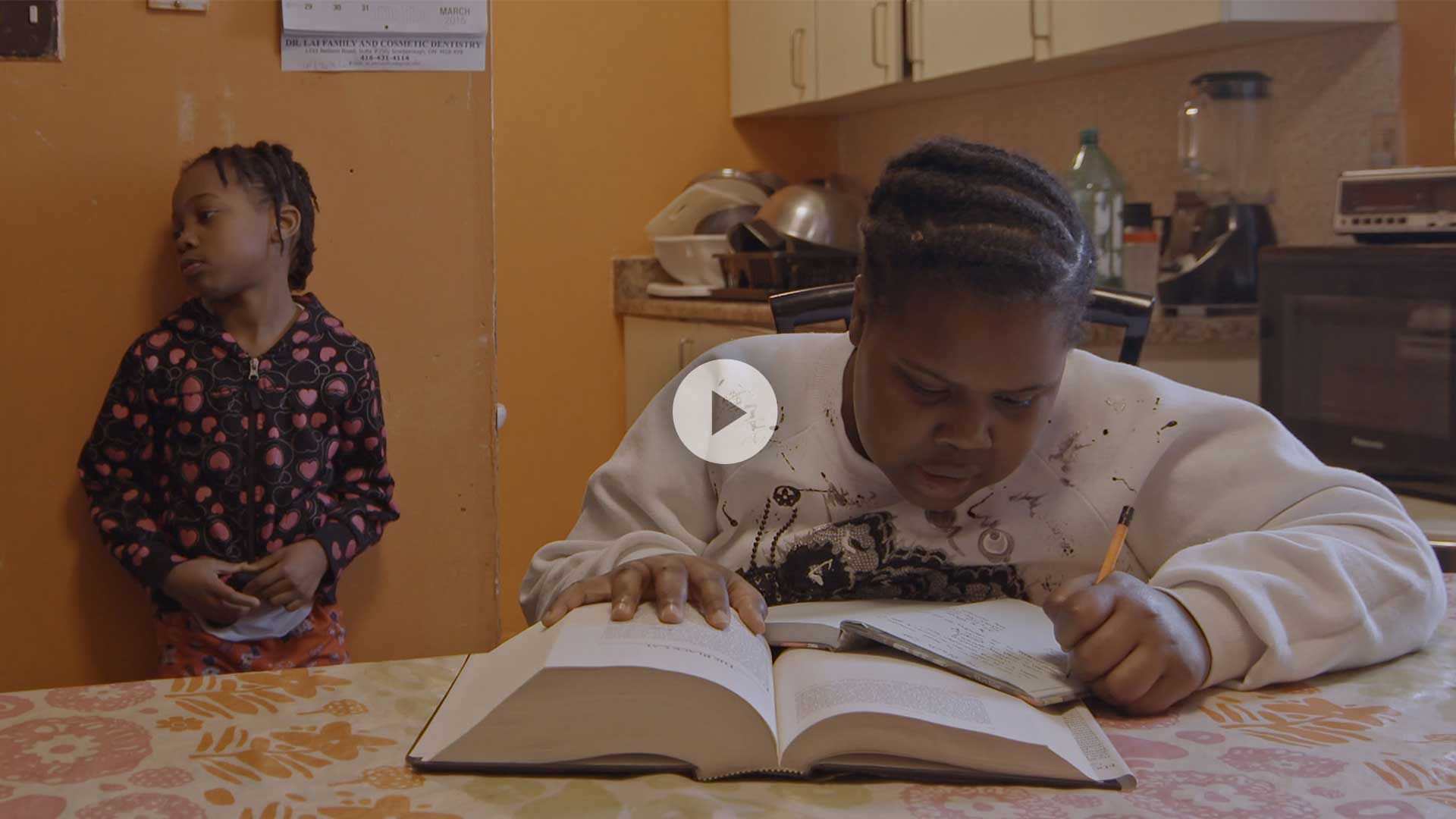
There is definitely space for studying classics. But I believe that poetry as a unit or learning experience can be where we teach the building blocks of emotional literacy, because of what it is. Poetry is a language steeped in emotional content and context. Poetry is interactive and interpretive by nature. That is why we have so many forms of poetry. We have written poetry, visual poetry, spoken word, slam and performance poetry. We have music and lyrics. We have eulogies and handmade gifts and campfire oral histories. We have the poetry of body language. As long as there is communication based on emotional experience and someone willing to interact with what is being communicated, then you’ve got poetry. As long as you are feeling something and sharing those feels-based experiences with someone living their own feels-based experiences, you are a poet. This makes poetry more of a reciprocal value system that creates emotional literacy as you look for and build value and connection between those shared emotional experiences.
Prayer for Messiah by Leonard Cohen
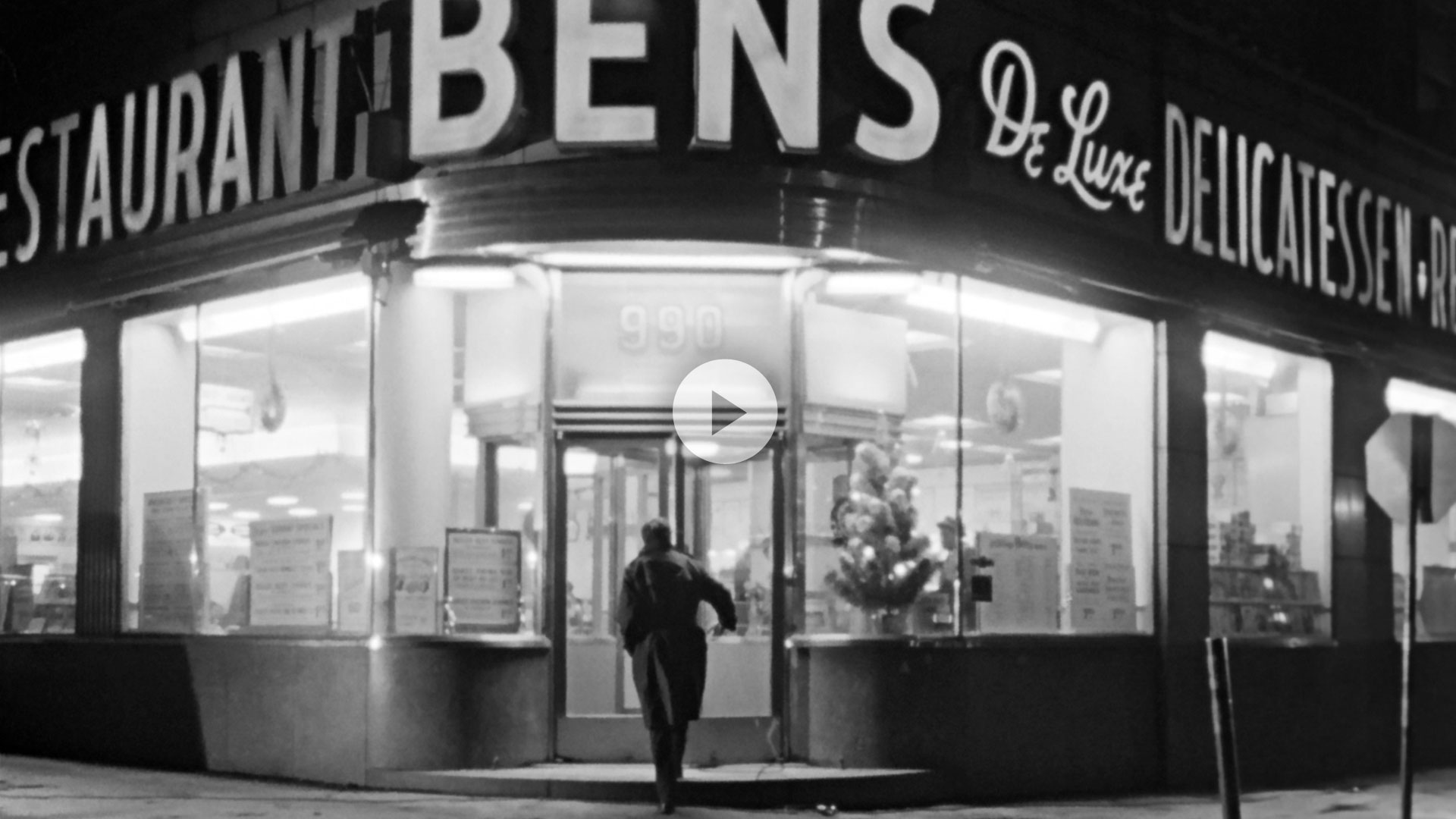
Visual Poetry and NFB Films for the Classroom
Let’s take the idea of visual poetry. Movies, musicals, shows, shorts, even commercials are designed to have an interactive emotional conversation, even over time, space and screens. How fast can you think of a movie that hits you in the feels? I will admit that I have been brought to tears by the occasional commercial. Film is visual poetry because it tells a story, but it needs you to interact with it to create an emotional experience. There’s an exceptional piece of visual poetry—the feature-length NFB film Window Horses. The film is an animated dive into the nature of poetry itself and the stories that connect and make us who we are, which is great for having that conversation with students about what poetry can be. There are so many emotional access points where viewers are invited to connect based on shared experience or circumstance or context. When you bring a visual poetry experience like this into the classroom, you open up opportunities to start the interweaving of the poems that exist in each of the human beings in your room.
Clip from Window Horses
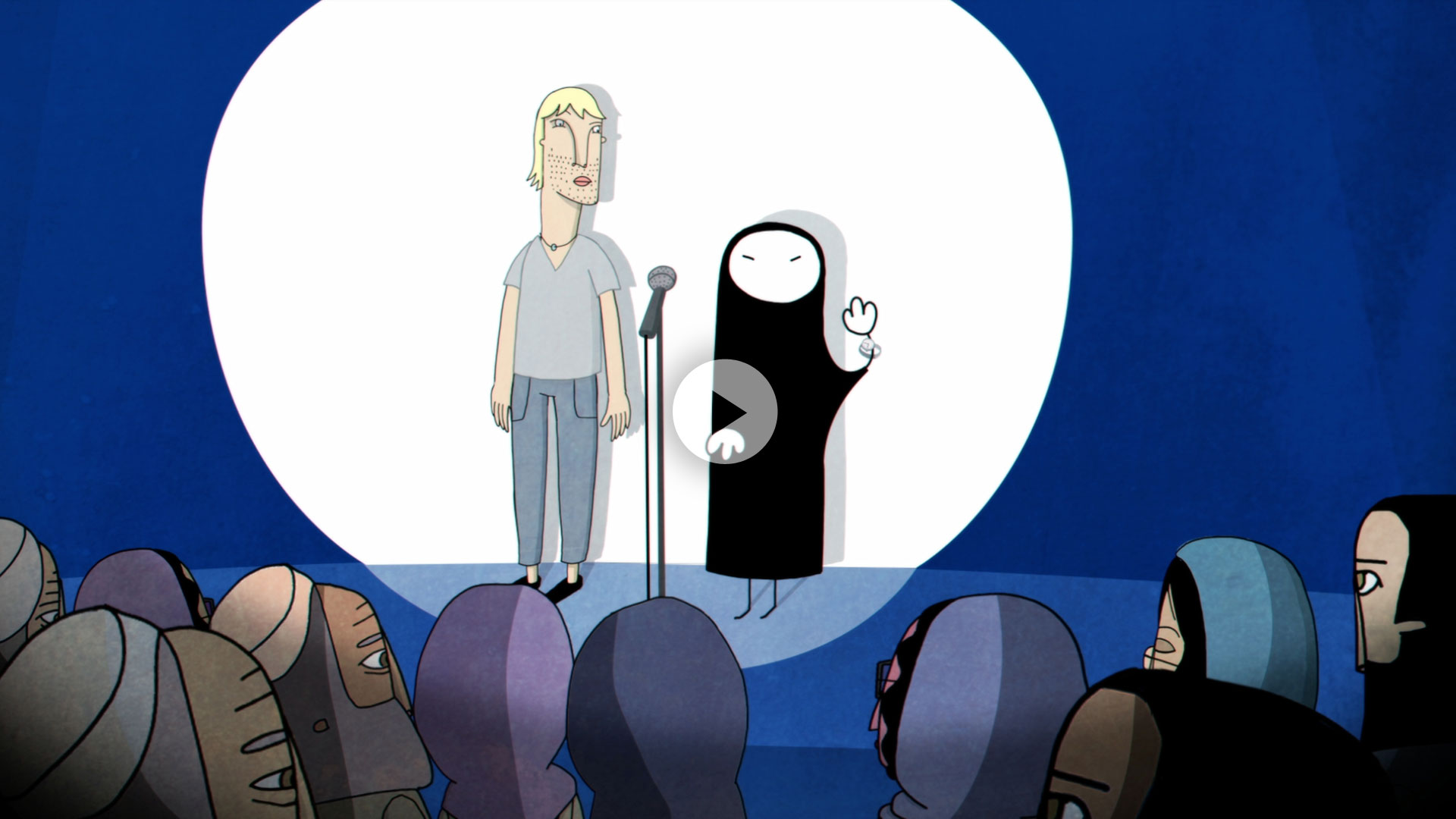
As you dive into this year, I implore you to see poetry less as wandering lonely as a cloud and more as an invitation to have stories and voices heard, valued and celebrated. Every student deserves that, but so does every grown-up who works with them. Everyone is a poet. Everyone is an act of poetry because they are a series of felt experiences shared that others are welcomed to interact with. This is what makes poetry the perfect opportunity to teach emotional literacy in the classroom and beyond. Poetry is less a unit and more a way to see the world. Teach them to play emotional hide-and-seek. Teach them what to look for to find the feelings in the writing and drawings and stories of the people around them. Teach them that their emotional experiences belong, that the most exciting part of hide-and-seek is being found and seen. Teach them how to approach all of that with empathy and care and consideration for one another. That is what poetry is. That is why, as a living, feeling, caring and interactive human being, you are building your emotional literacy. That is why you are poetry.
Mike Johnston is a proud public-school educator, award-winning international poetry educator and advocate, spoken-word artist and champion slam poet. He is also the author of You Are Poetry, an educational resource book that gives educators, students and administrators a multitude of activities, ideas, anecdotes and supports to accessibly and effectively bring the power of poetry and emotional literacy to absolutely every voice.
Pour lire cet article en français, cliquez ici.
Discover more Educational blog posts | Watch educational films on NFB Education | Watch educational playlists on NFB Education | Follow NFB Education on Facebook | Follow NFB Education on Pinterest | Subscribe to the NFB Education Newsletter
